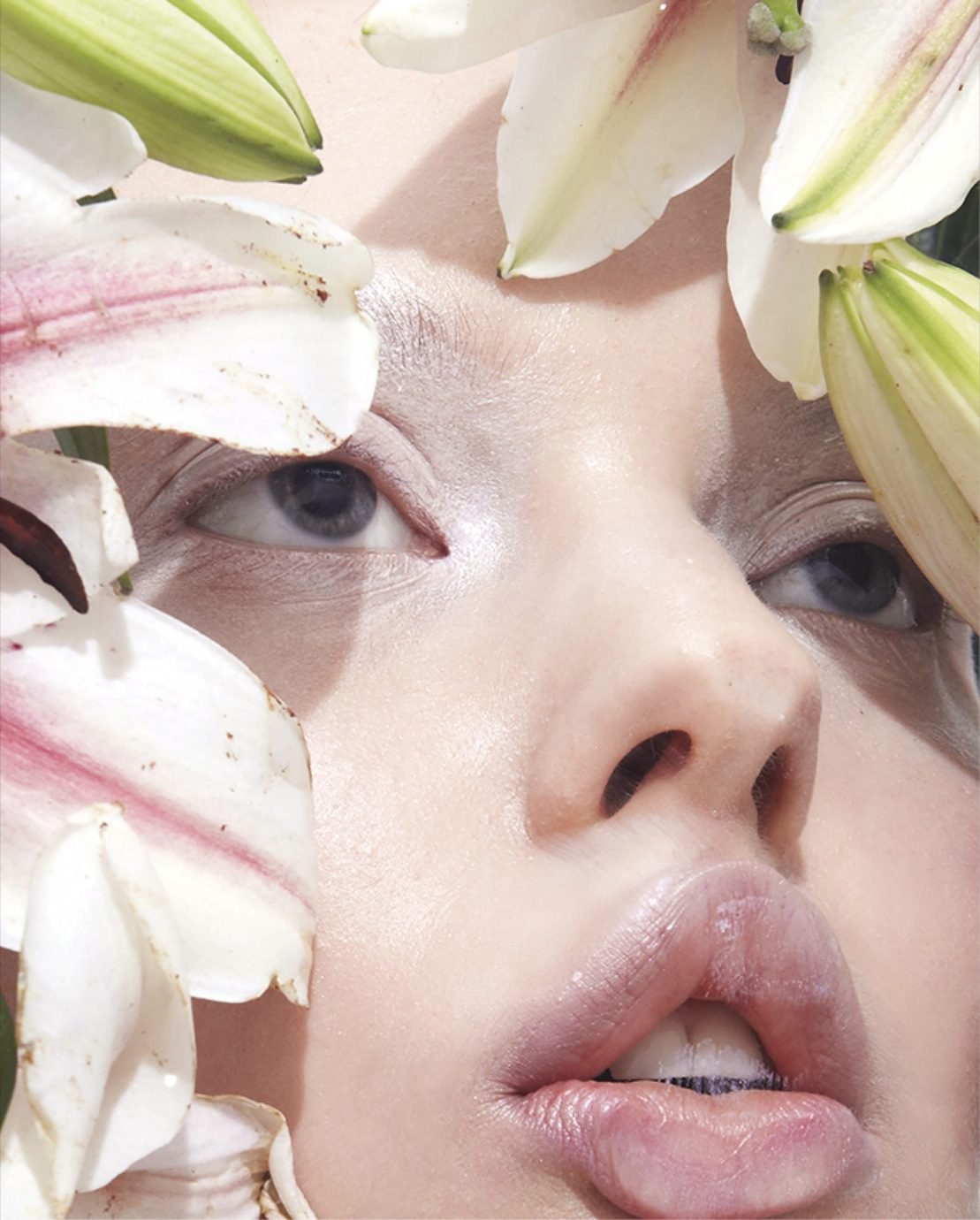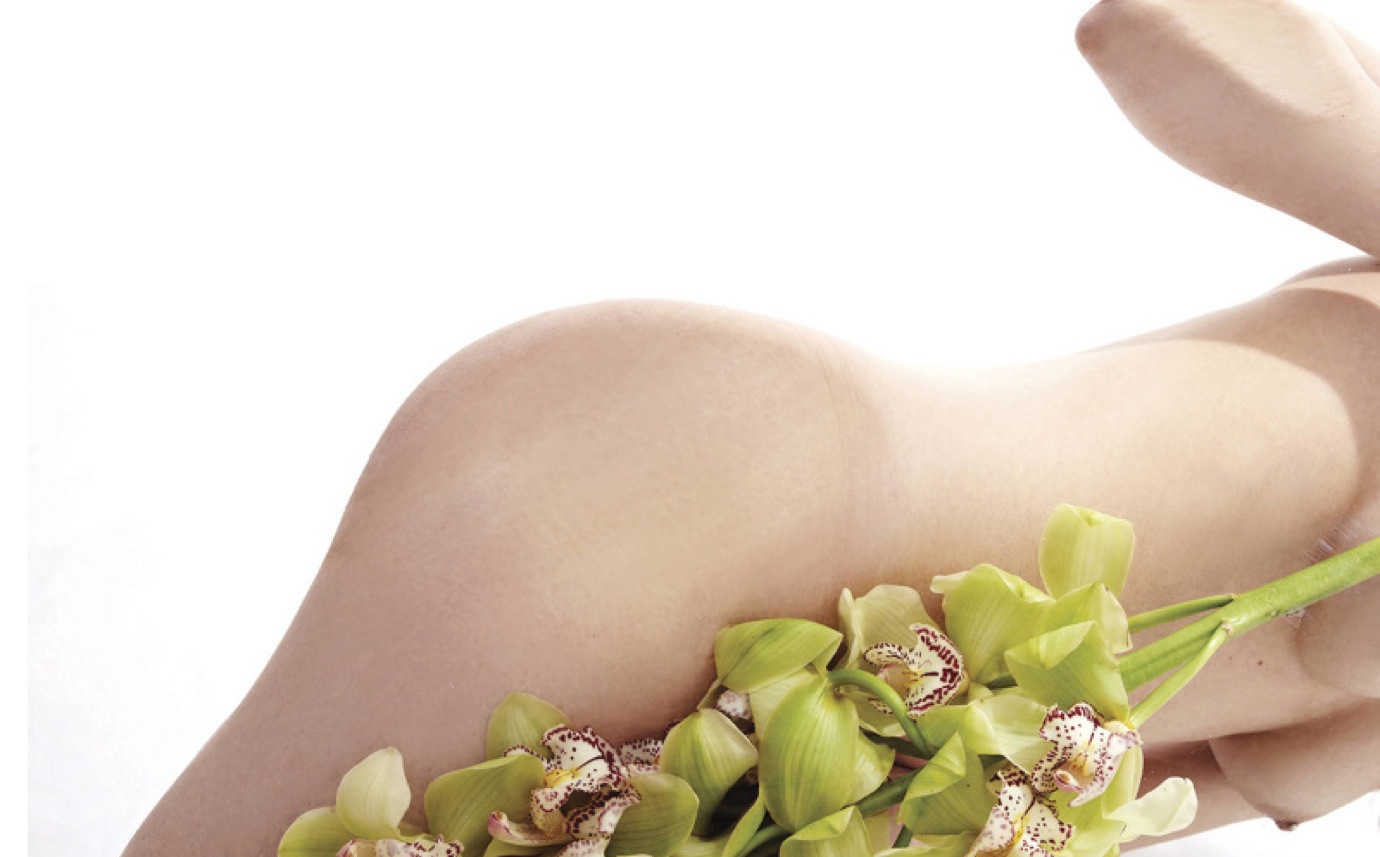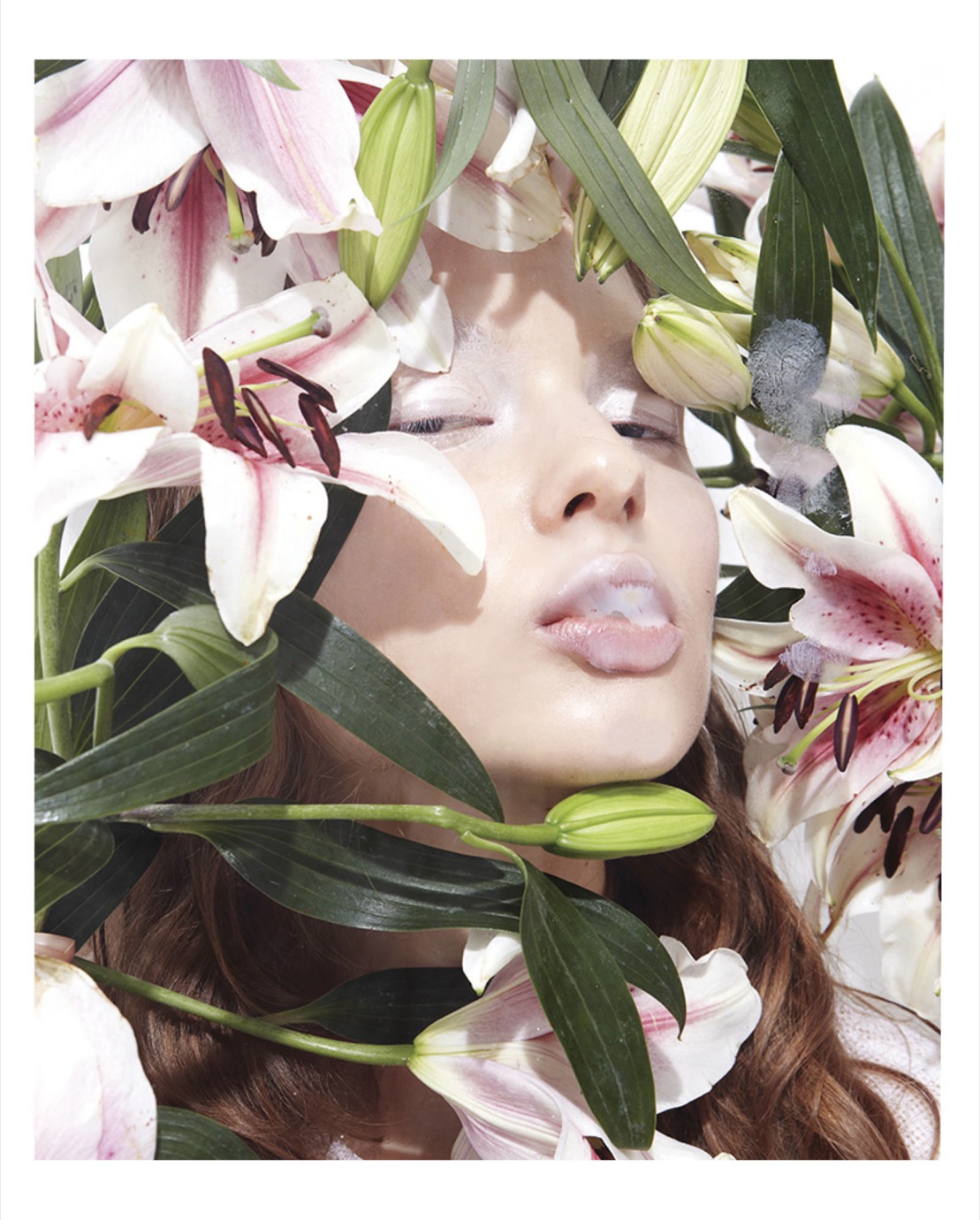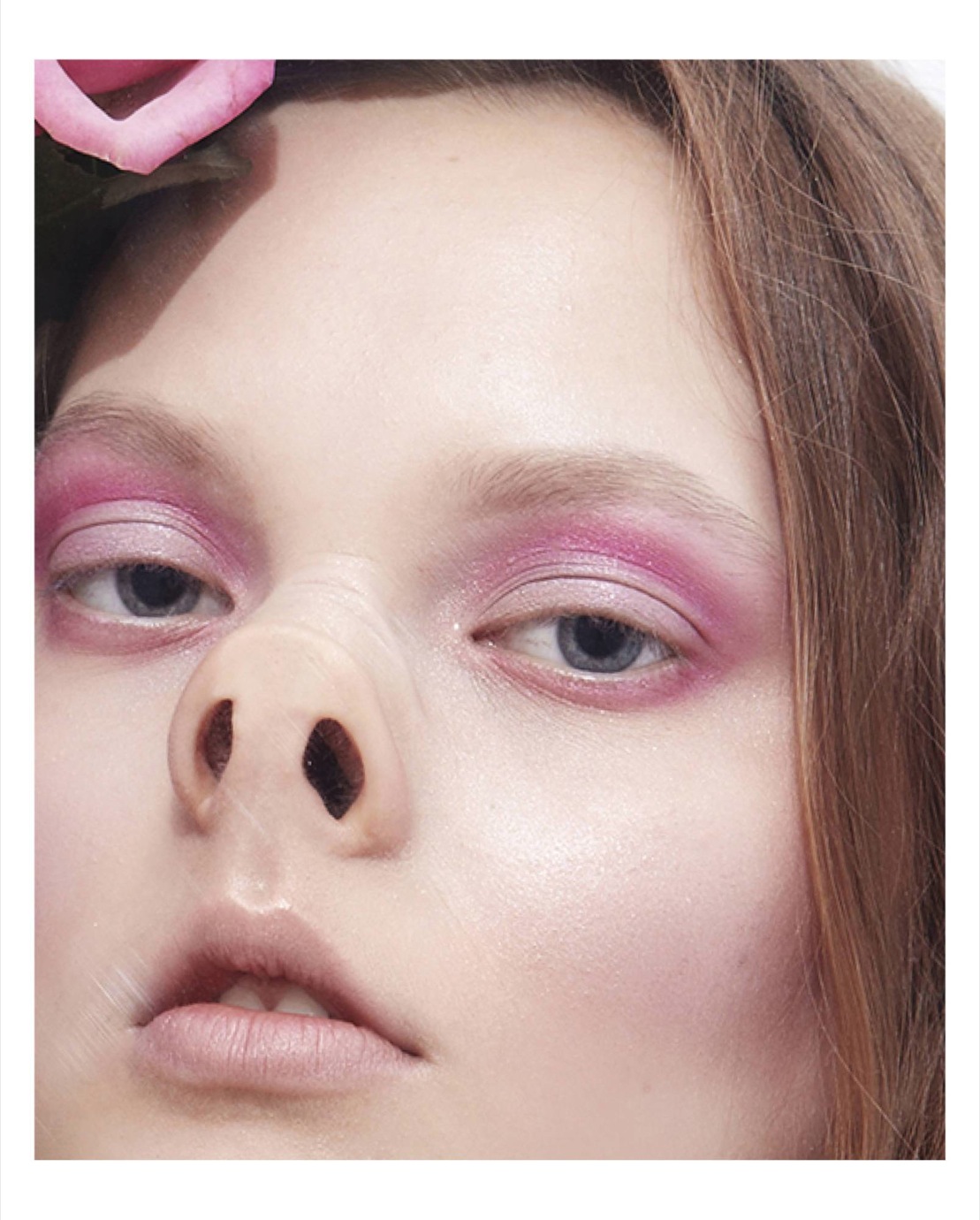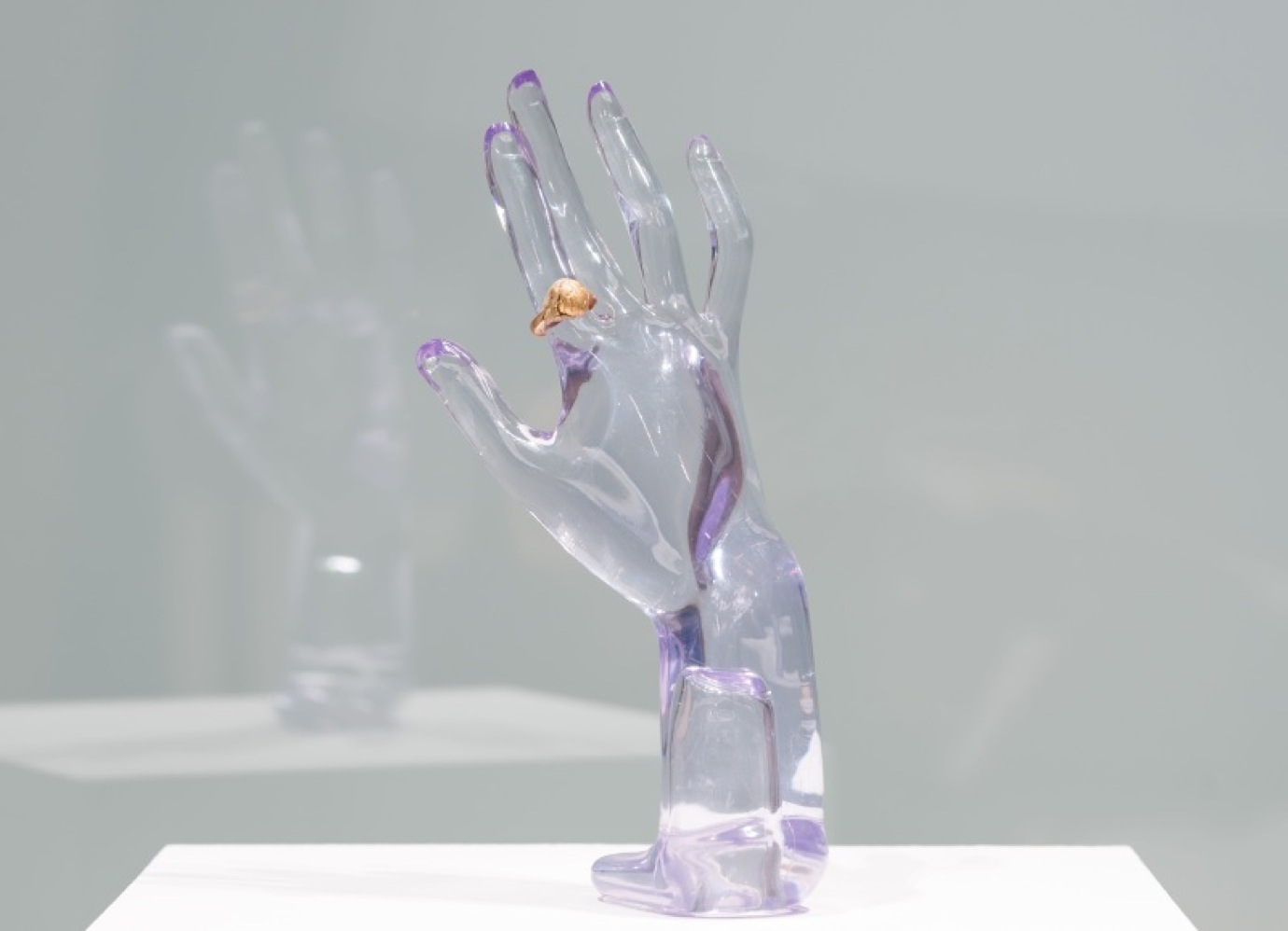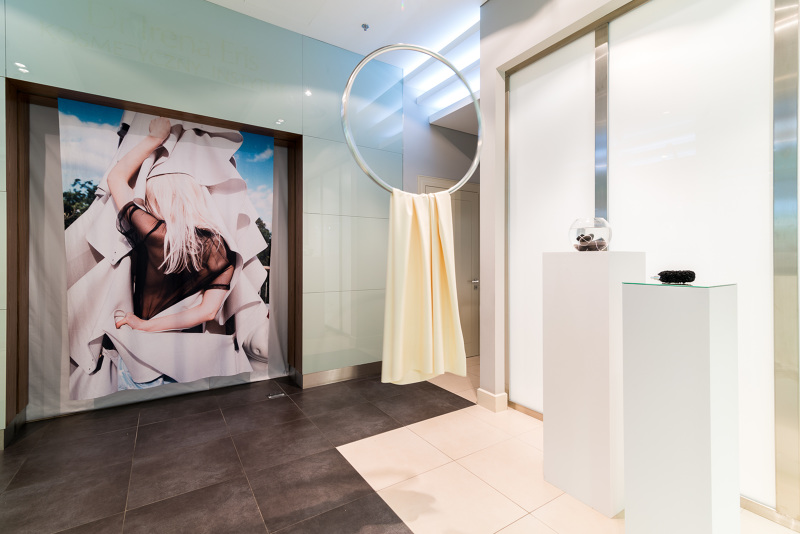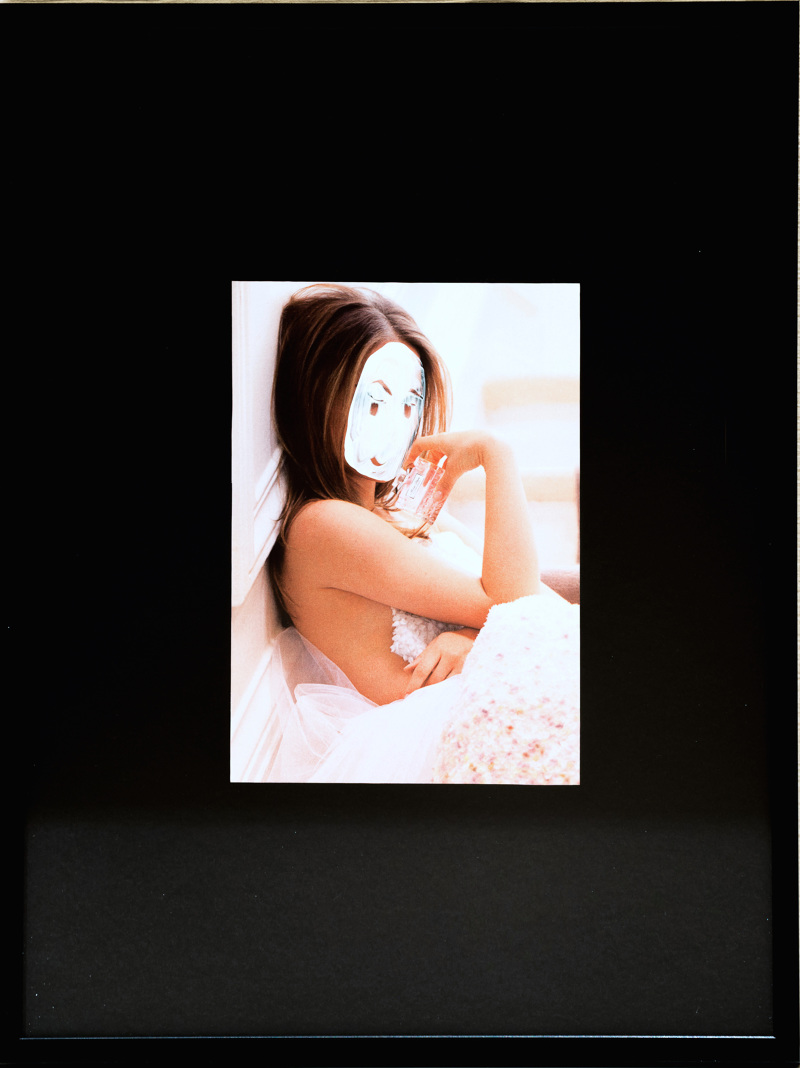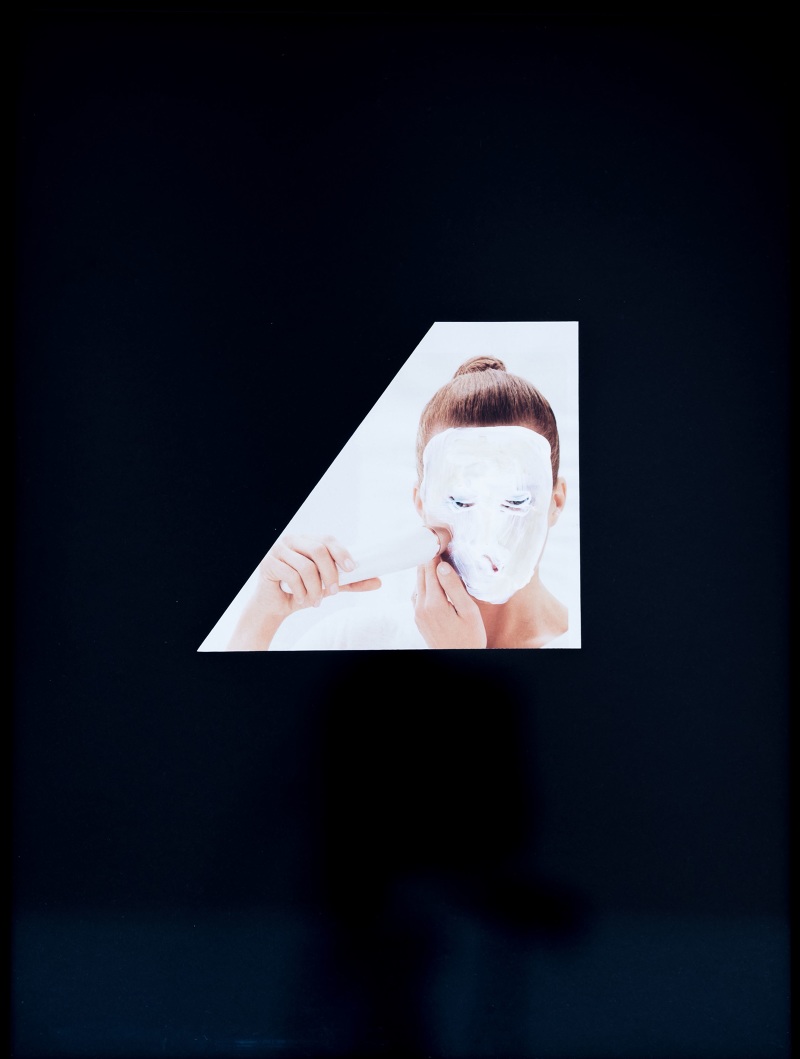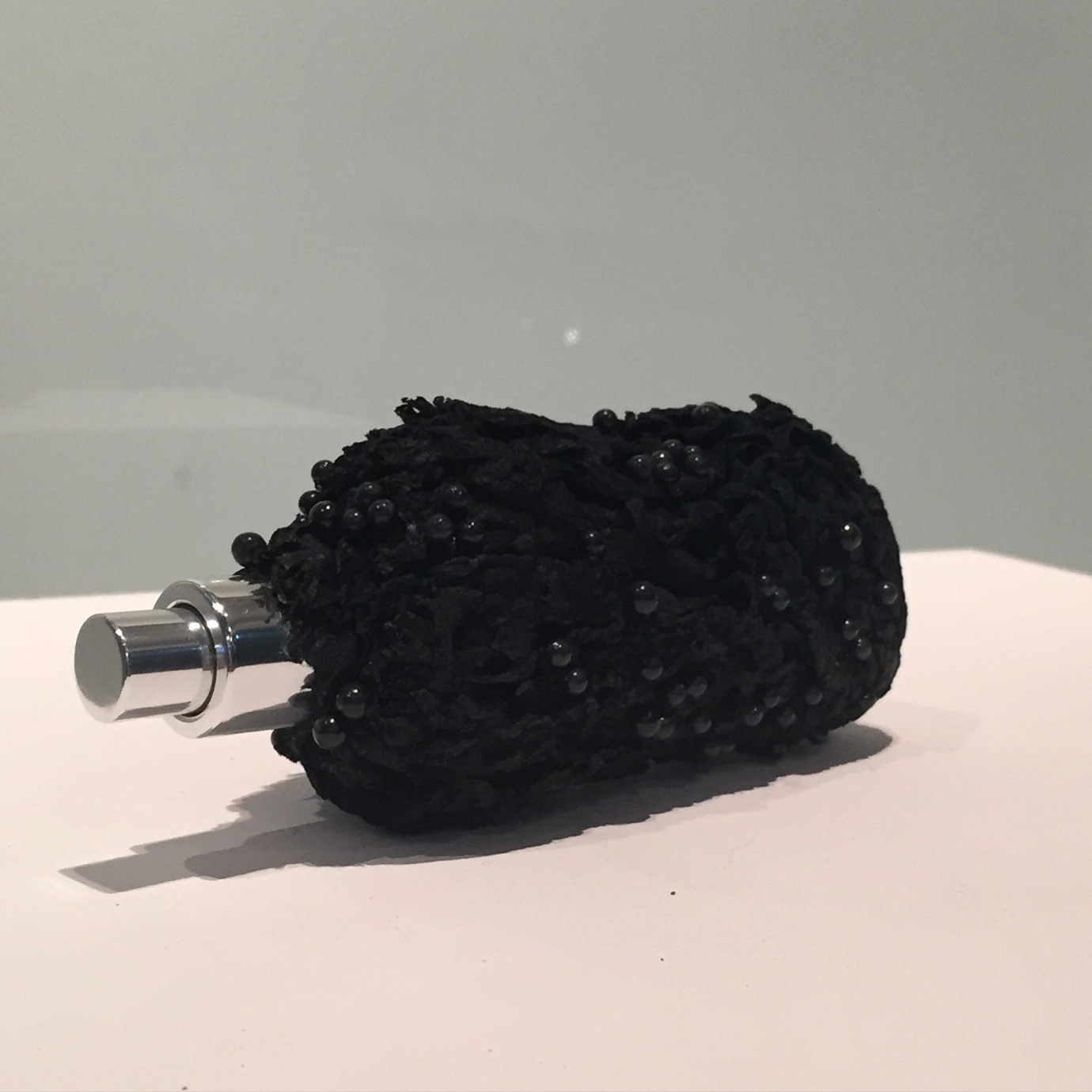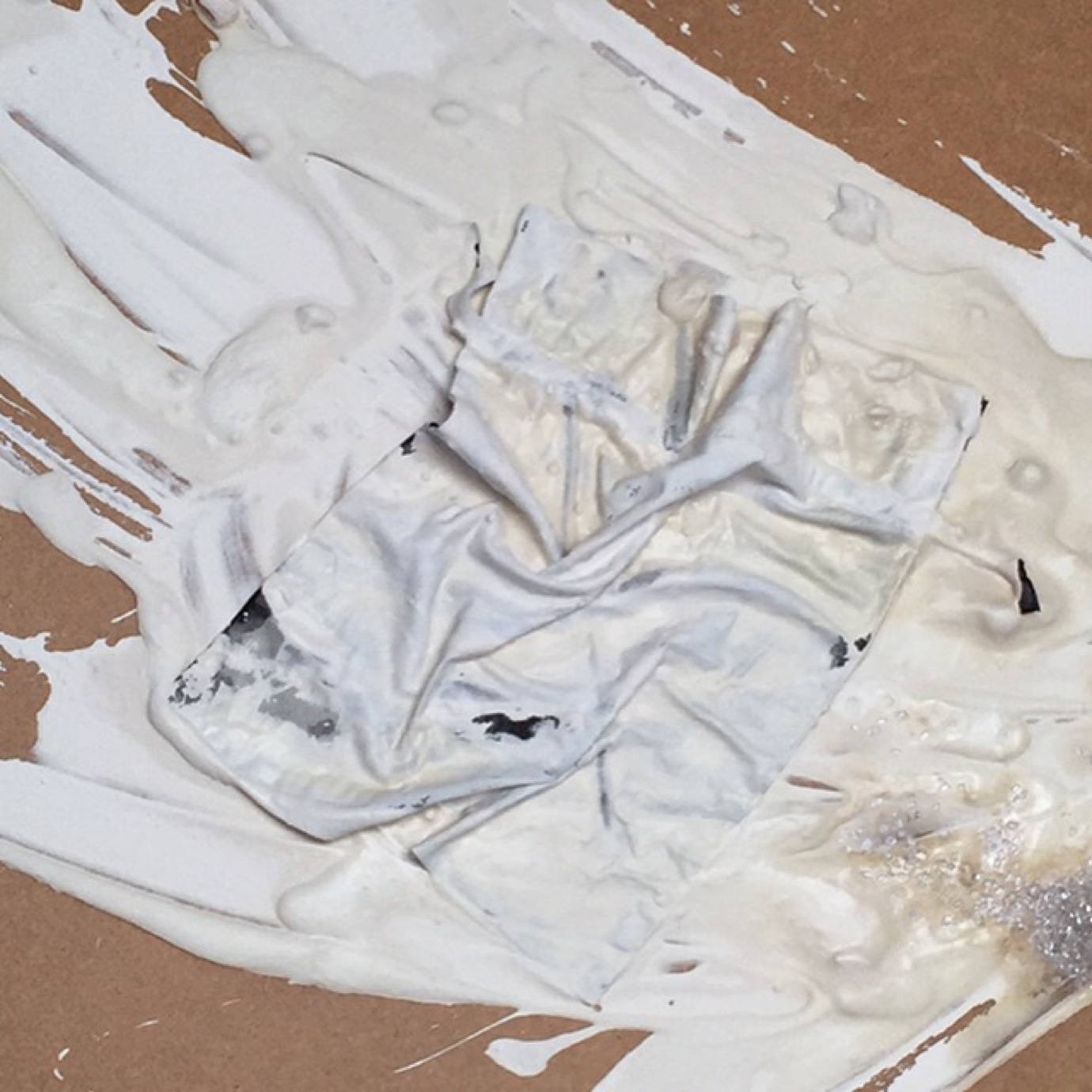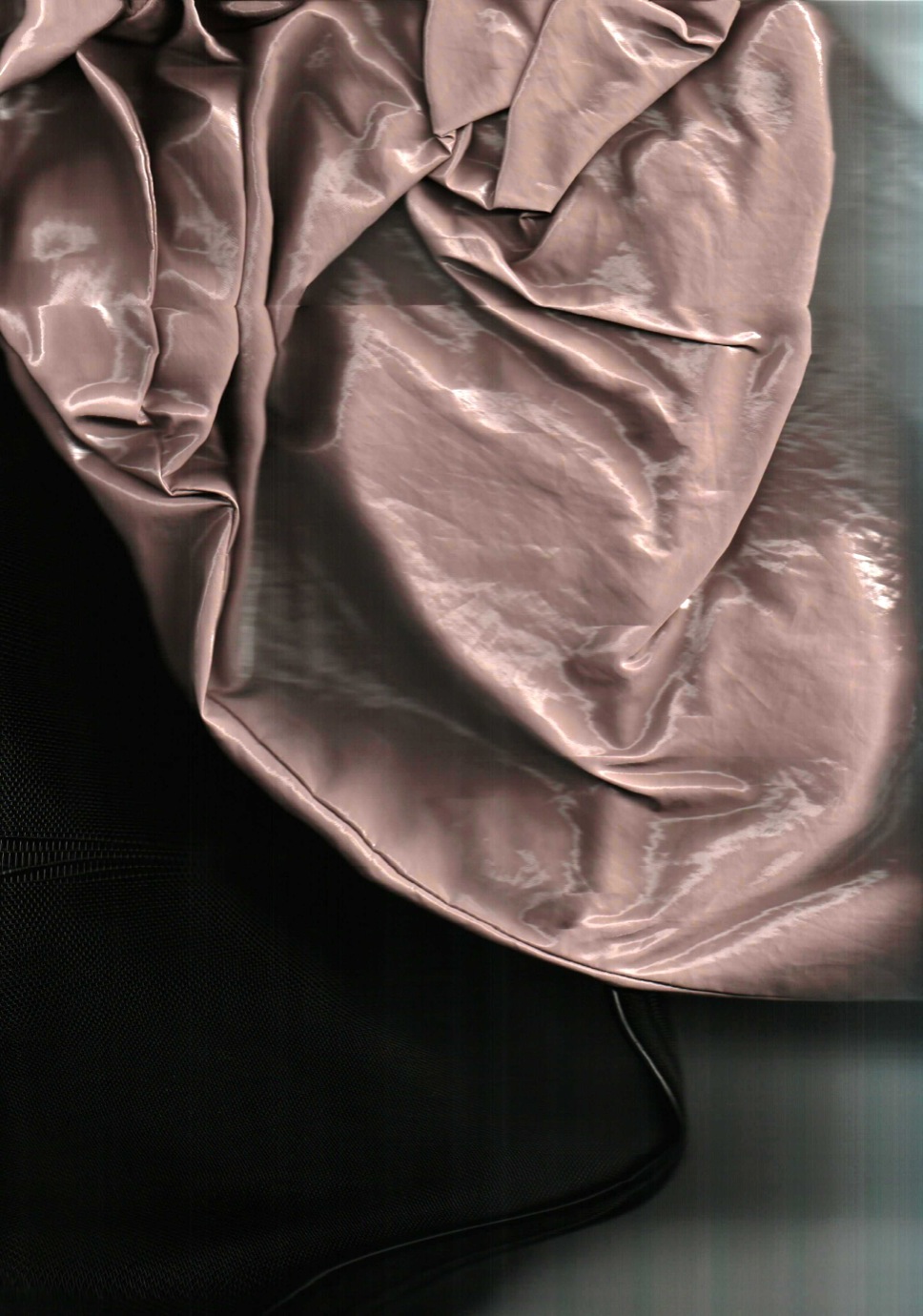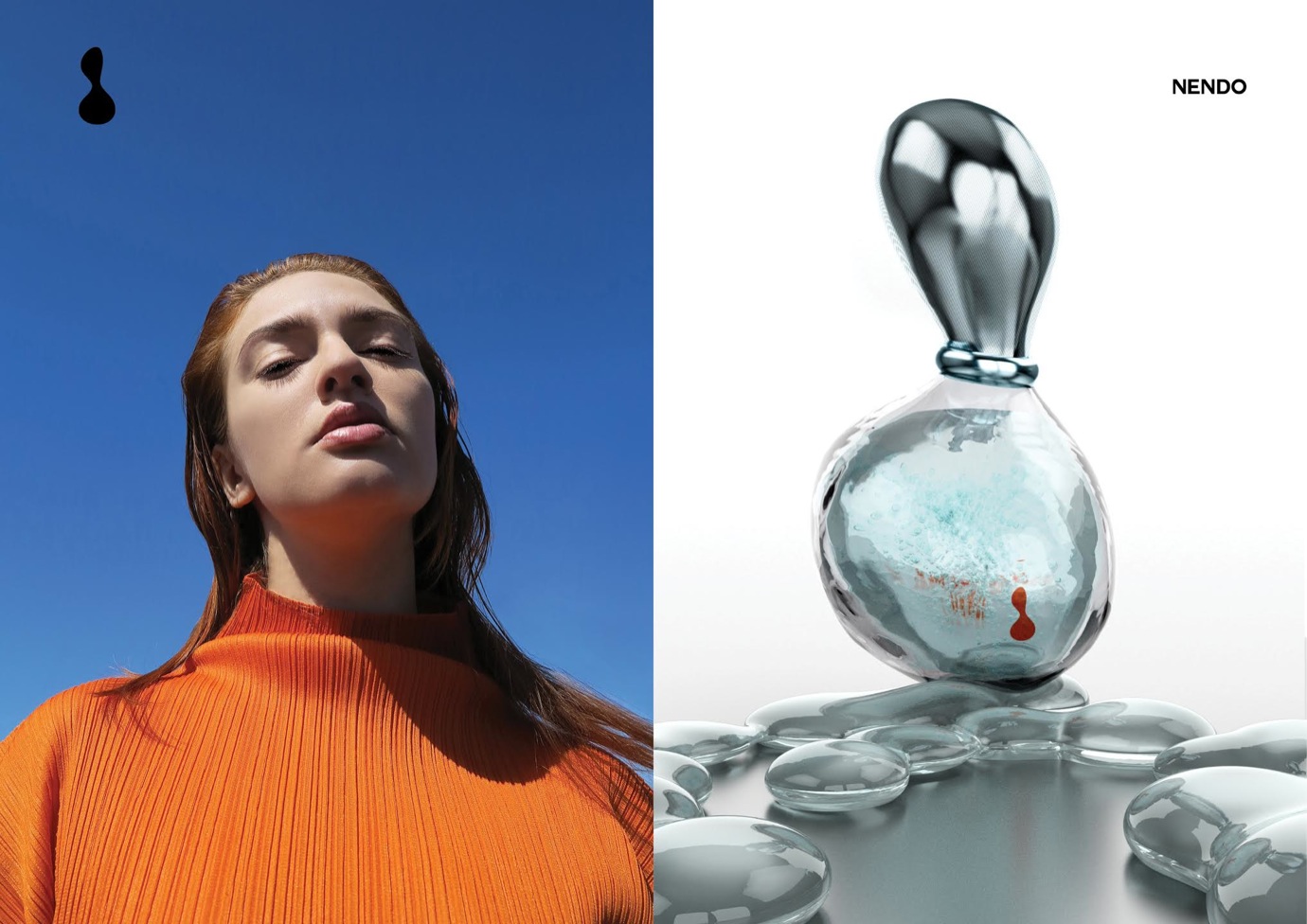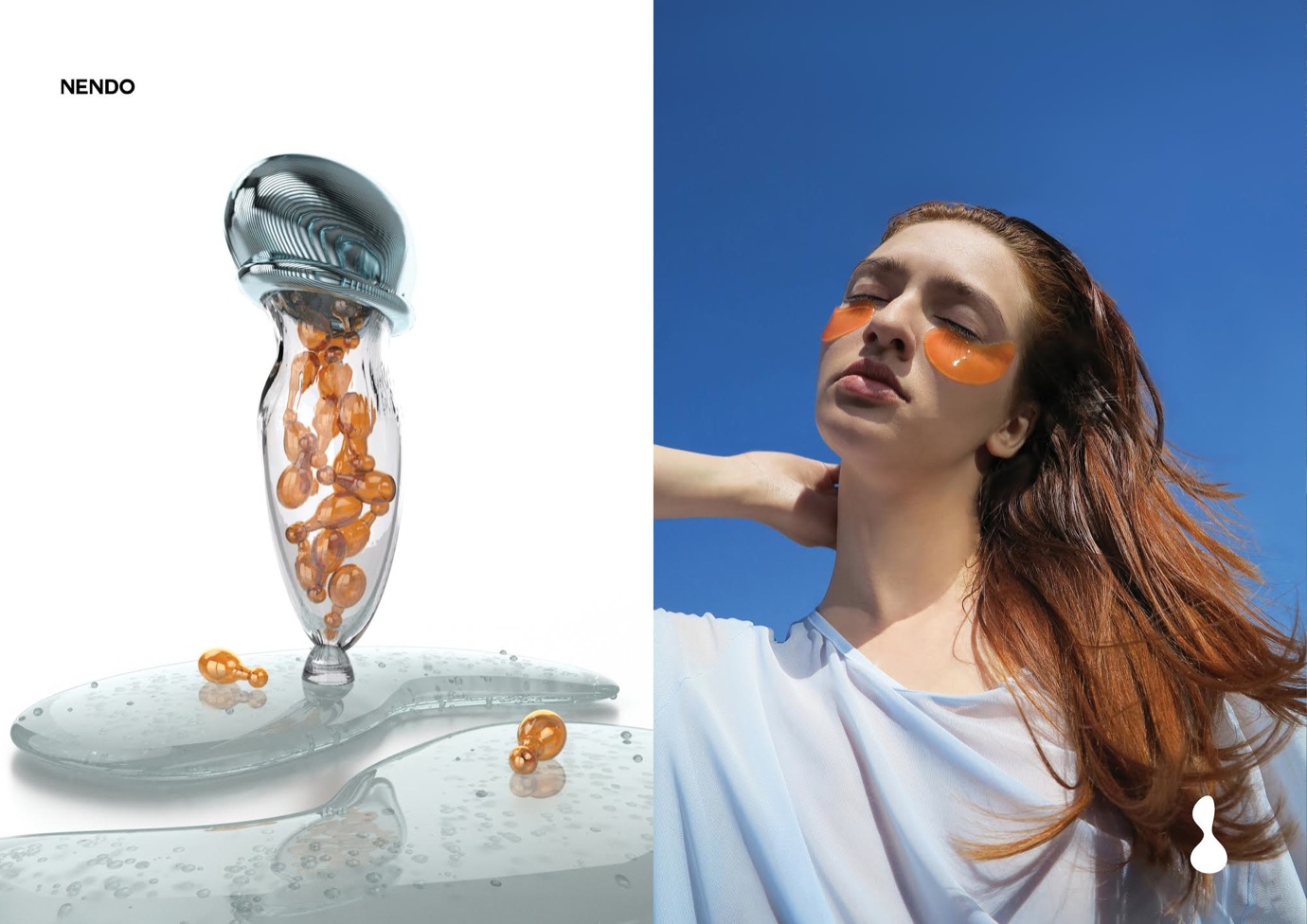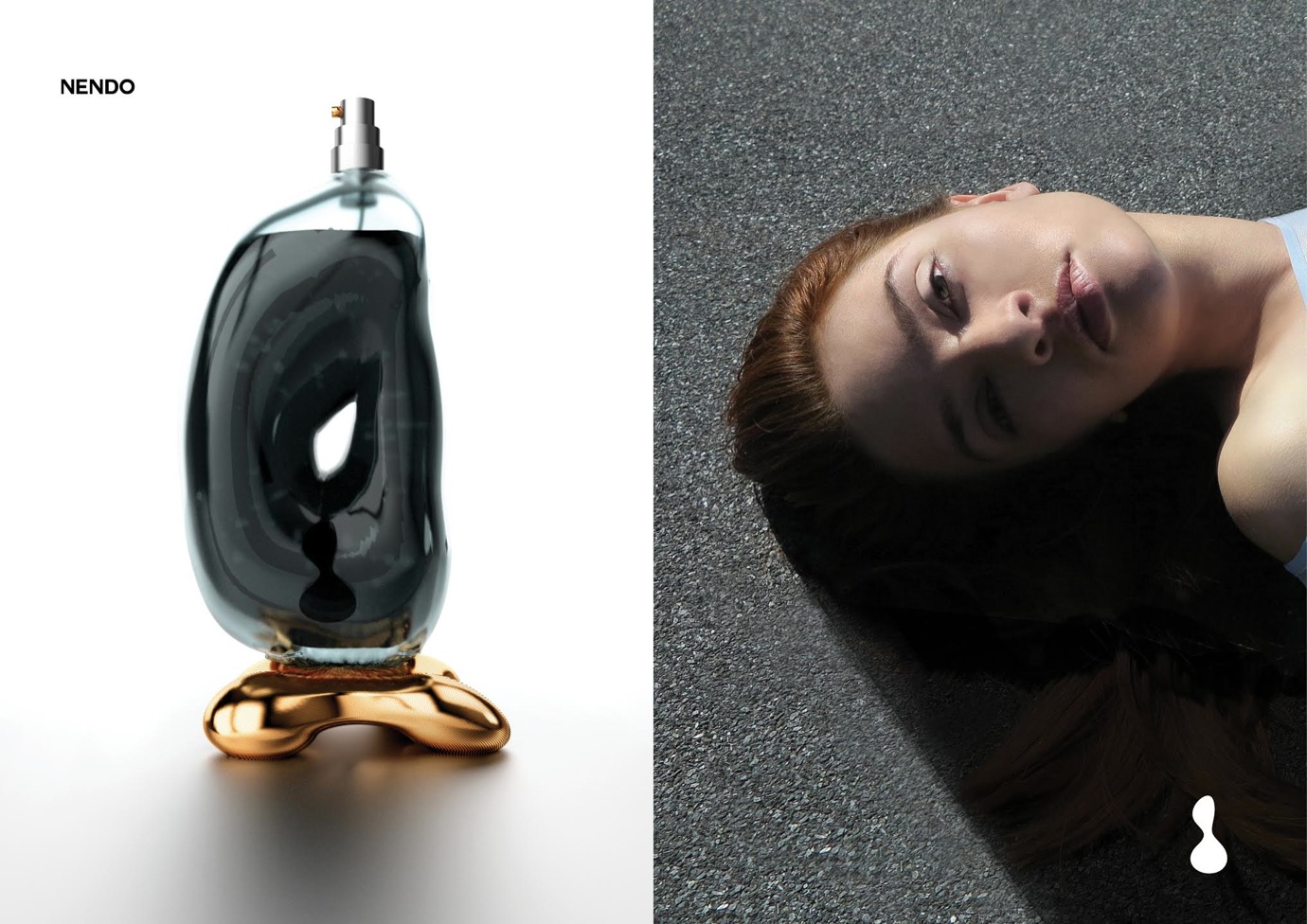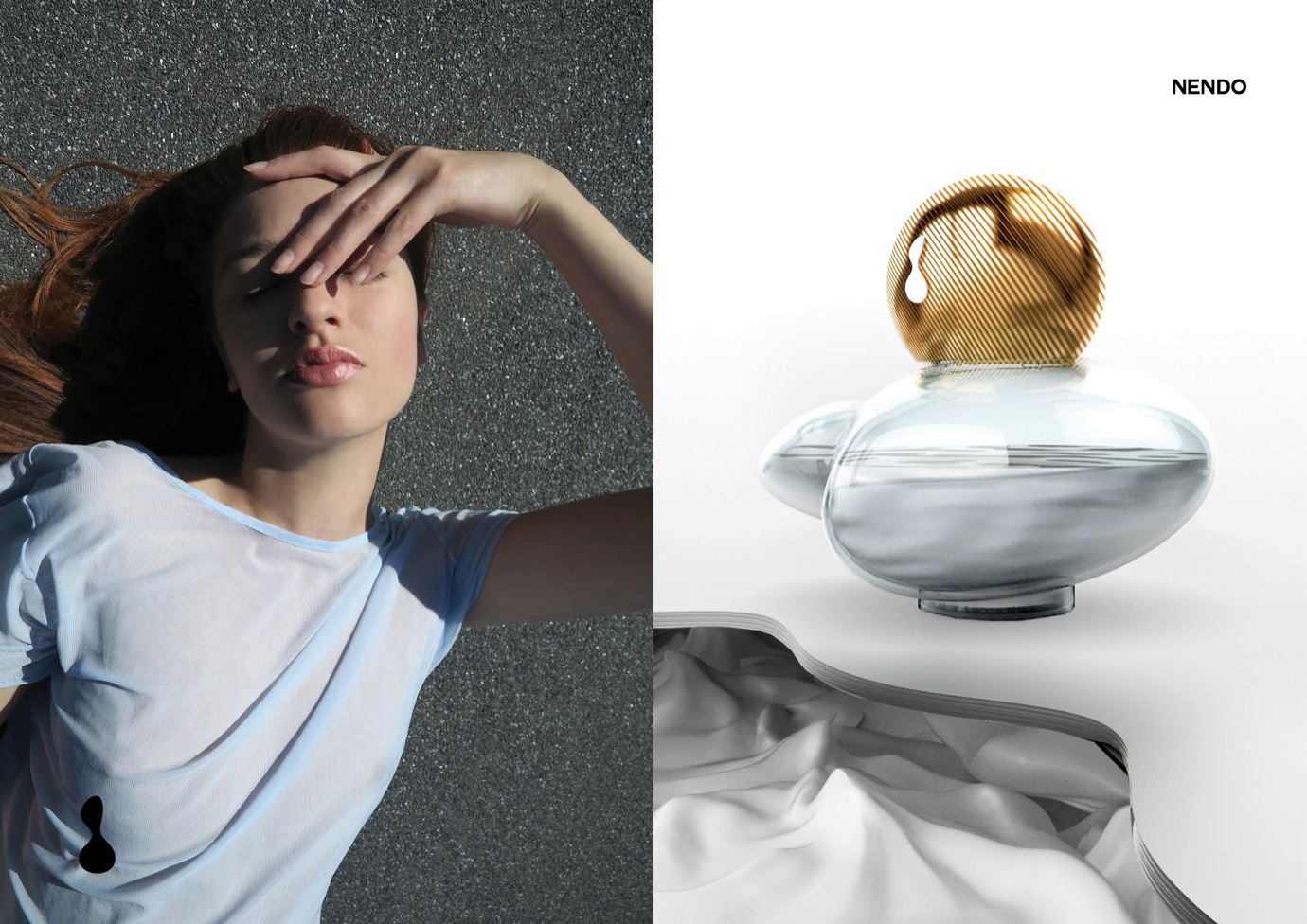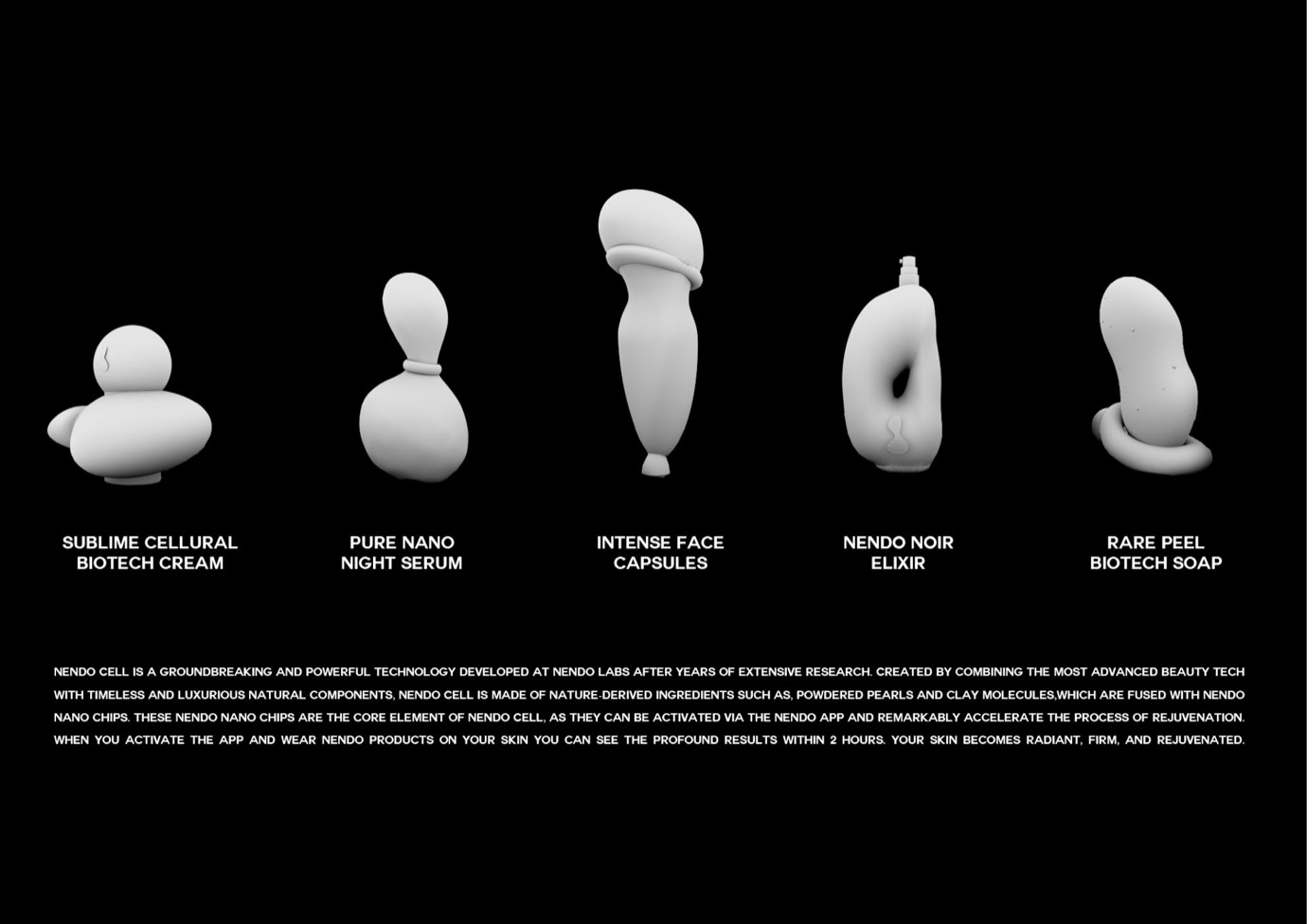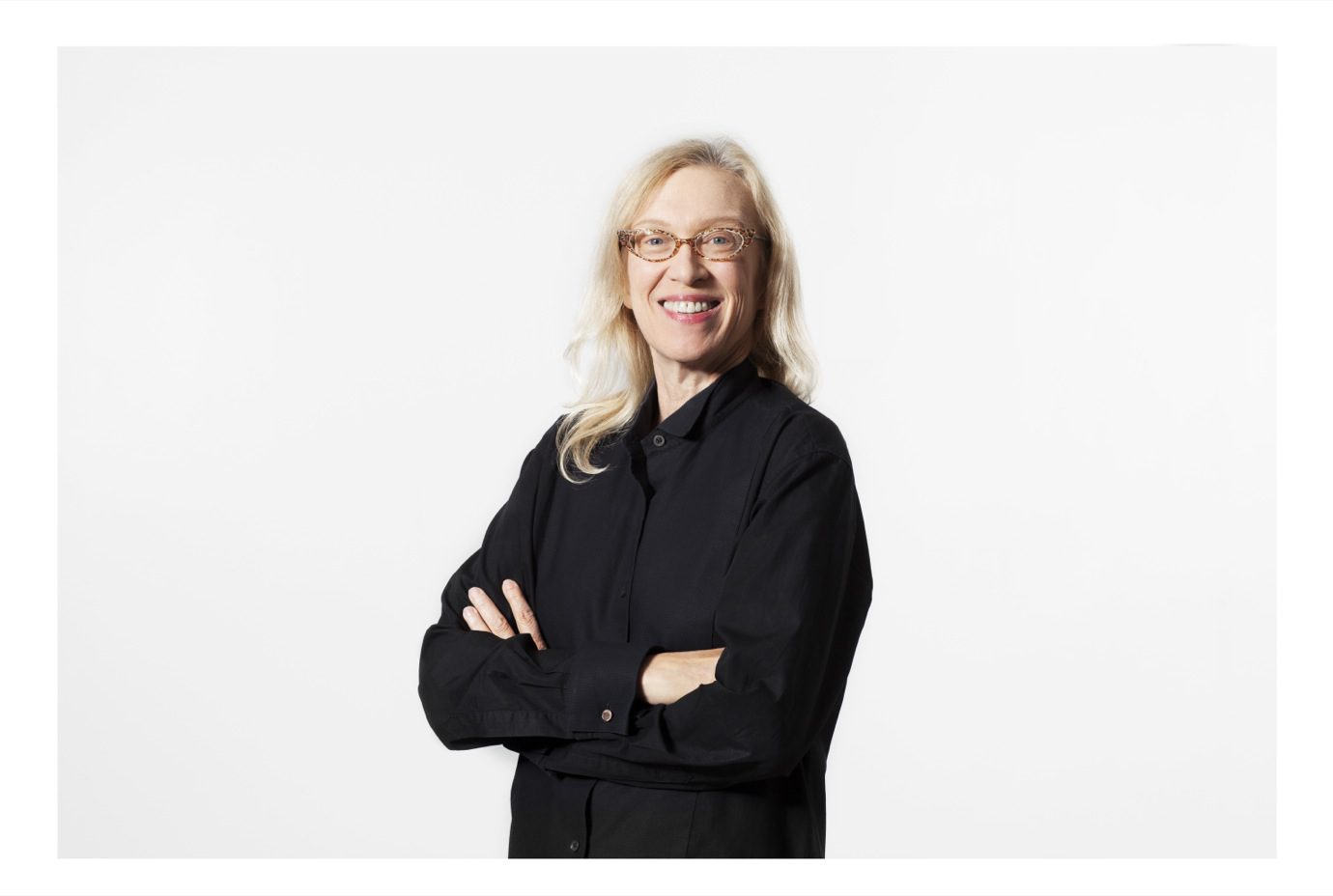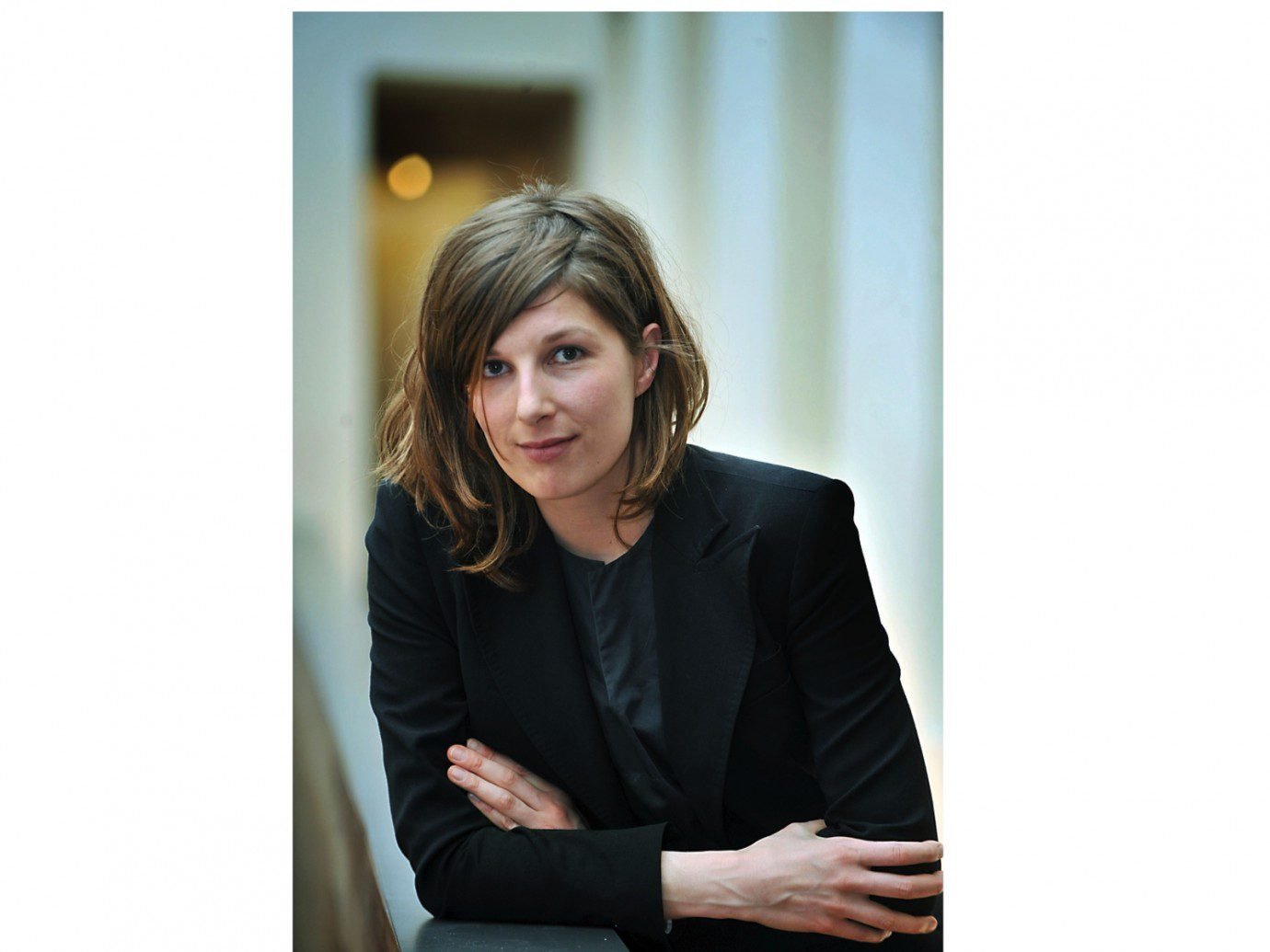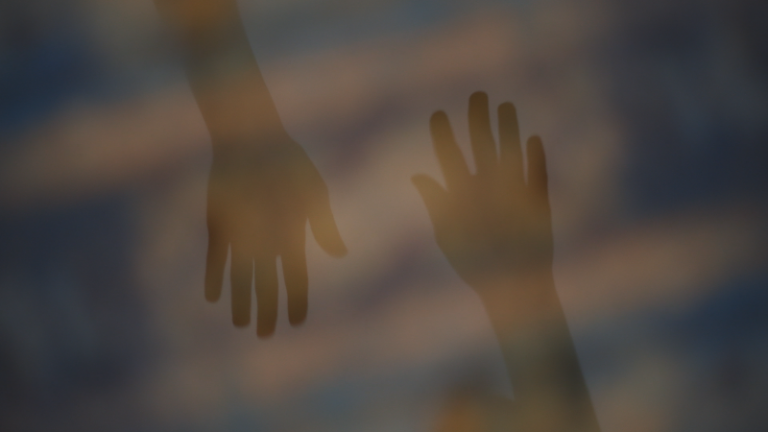Since her earliest memory, Beata Wilczek was obsessed with acquiring knowledge. “I think that I got to where I am today because I was always passionate about many things, and I wanted to know as much about them as possible,” she explains over a Skype connection from Berlin, as she narrates how she re-discovered her personal library on a recent trip to her childhood home. As the library proved, she would, a fast-reading youngster, move from one sub-category of knowledge to the other: theatre theory, religion, American literature. “My favourite part was a stack of travel guides, very worn out and tired after weeks and months of backpacking,” she explains. “My mum always tells me that she was tired of me asking questions about everything as I have this compulsive urge of knowing things. When I was a kid my favourite book was encyclopedia for children, and later luckily the Internet came along.”
Artist, curator, scholar, consultant, book-worm — Beata Wilczek has many titles, none of which describes the Polish Central Saint Martins graduate’s far-reaching practice accurately. A prime example of the kind of crossdisciplinarity of art and design that is so symptomatic of the future, she considers styling and exhibition curation different sides of the same coin, and approaches fashion and art with an equal enthusiasm and intellectual rigour in the pursuit of creating and exploring narratives and discussions within cultural phenomena. We spoke to the hyperactive practitioner about the intersections of art, fashion and beauty, and how it’s all coming together in her newest project Wilczek Sokol.
Yet, the biggest book stacks were the ones containing art theory and fashion – but Beata had an unconventional educational entry into the field she today operates in. Her first academic choice in life was a conjoined BA and MA degree in social psychology in her native Poland, which she committed herself to for seven years with occasional breaks working in fashion and art as a curator in galleries and museums in Poland and London. Her then dream was to be like avant-garde film-maker Maya Deren, and travel to far-away cultures and document them artistically. However, “it appeared that there was such a thing as post-colonialism,” she explains humorously, and after reading some Kristeva, she quickly realised the problematic romanticism of such a career plan. Still, she was interested in the scope on culture that social sciences provided her. “I never saw myself as a painter; a maker of certain objects with cultural value attached to them,” she reflects. “I was more interested in stories, explanations, definitions, narratives and new possibilities. And art provides these new possibilities, as it makes strangest fantasies possible and is naturally open ended.” She describes social sciences as “creating a big puzzle with a final picture in mind” – but as a fan of temporal processes and overall risk-taking, the ‘puzzle’ on its own seems to her somewhat boring. “I love to collaborate with people and this always creates an unpredictable setting,” she adds.
“I NEVER SAW MYSELF AS A PAINTER; A MAKER OF CERTAIN OBJECTS WITH CULTURAL VALUE ATTACHED TO THEM. I WAS MORE INTERESTED IN STORIES, EXPLANATIONS, DEFINITIONS, NARRATIVES AND NEW POSSIBILITIES.”
Across the many areas of knowledge she actively pursues, Beata takes interest in the objects, behaviours and words around her. “It’s Hegelian dialectics in action,” she expresses, referring to the doyen of continental philosophy, G.W.F. Hegel. When she ran the art space Czarny Neseser with her friend in Poland, she would actively test the potential of the space, stretching its capacities and playing around with its identity, and this constant questioning is symptomatic of Beata’s practice far-spanning practice. I think I constantly ask myself, ‘what is art, design, fashion, curating?’ I’m interested in the inner dynamics of these themes,” she reflects.
More specifically, she treats fashion with the same critical attention and experimentation as she does with art, which is unusual in a society that largely considers fashion purely as an object of consumption. “I think I started to look at fashion through an academic lense because I felt that while many books try to define art and human behaviour, fashion is usually looked at from a historical perspective,” she explains.
“I AM NOT BIG ON THIS GRAND NARRATIVE OF AN ARTIST SITTING IN THE STUDIO AND MAKING SOME XXL PAINTINGS”
After finishing her degree in social psychology, and having curated more than 12 shows during that time with artists such as Mark Leckey, Katja Novitskova and Aleksandra Mir, she enrolled at Central Saint Martin’s under-the-radar MA in ‘Culture, Curation and Criticism in Art and Design,’ in pursuit of more knowledge of the skills she was already applying professionally. “I never saw curation as detached from fashion,” she tells me – “I always perceived styling somehow linked to curating as you select particular objects and compose them together in order to tell a story. My experience with big themed group shows was in practice very similar to styling.” Such an approach of considering art, fashion and design through the same scope is very much an echo of the ethos that Central Saint Martins for long have pursued, and Beata found it to be an inspiring context to work in as she met a whole range of creative practitioners. “I liked it because it gave me a totally different perspective. I also met many amazing people with whom I’m still working.”
She finds that within the arts, UK and Poland are totally different, and we discuss how it is to work within two such different cultures. She reminds me that Poland is a very young democracy (1989), which has forced it to reinvent large parts of its culture system. “It’s super dynamic and active,” she begins; “the new museums are flourishing, and the art scene is very vibrant. The concept of the artist is still very romantic, whereas I tend to drift towards the idea of ‘artist as researcher’ which I find to be a very London thing. Besides that, London has this crazy drive for newness and innovation what differentiates it from any other place in the world, maybe apart from Silicon Valley. It provides culture sensation seekers with endless shows and debates and shortens a distance between people. I wish this could be possible in Poland too.”
Although currently based in Berlin, Beata still continues to work as an active member of the Polish cultural scene. She taught fashion theory at the university for two years, and recently finished ‘FOLD’, an art show that examined fashion’s collaborative models models in the context of an exhibition. In today’s oversaturated art market, it becomes easier and easier to consider art works as more commodities for sale, as with fashion – art and fashion are produced, distributed and sold, and she set to out to explore the inherent differences in such a process. Beata finds fashion to be more collective by nature, which suits her own preferred way of working. “I am not big on this grand narrative of an artist sitting in the studio and making some XXL paintings,” she says “– when you work with fashion, you always work with other people, and I really enjoy that.” For the show, she invited people who represented typical fashion entities such as magazines, models, designers, photographers – she included work by Melbourne artist and writer Holly Childs, and collaborated with experimental designer and CSM-colleague Marlene Huissoud on a ‘lava perfume’ project. ”I collected lava samples from Lanzarote and Iceland and tried to work with the concept of perfume, their speculative potential and magical properties as perfumes are what we believe they are. The whole show was filled with organic matter and temporal elements, as I think time is very important when talking about fashion, with its production cycle, fashion shows and constant changing through history.” Objects in the exhibition, from a ring made of chewed up gum to lava rocks immersed in hair gel, question the distinctions we make between ‘art’ and ‘fashion’ – even the status of their objecthood. “Of course these objects are considered art works as they are being framed in an exhibition format, but I would like to leave it open – whether it’s fashion or art. I think its somewhere in between, and I quite like this,” she adds.
Beata is particularly fascinated with the clashes art and fashion have, each having many preconceptions for each other. Sometimes they (or their images) clash very obviously, such as with Viktor and Rolf’s Fall 2015 couture show, but that to Beata is not particularly interesting. “The symbolics in fashion are just one of the topics that can also be represented in art, and it has been for a long time, such as with pop art,” Beata argues. Fashion is, like art, a part of culture, but also a symptom of culture – and its interrelation with the art object goes much further than the symbolism of a deconstructed canvas.
“I THINK TIME IS VERY IMPORTANT WHEN TALKING ABOUT FASHION, WITH ITS PRODUCTION CYCLE, FASHION SHOWS AND CONSTANT CHANGING THROUGH HISTORY.”
Amidst all these different ways of discussing and mediating culture, Beata is still attracted to the purest form of disseminating knowledge: teaching. “It constantly makes me question things,” she tells me enthusiastically – “I love talking to people, learning about their points of view. And teaching gives you this possibility of playfully and creatively approaching subjects you are passionate about and digging deeper and deeper into them. I think it is a very rewarding thing to do.” She is currently working on Fold Lab, a website which will gather her research on folds and art-fashion objects in a digital archive, and function as a reader for her students. She has also initiated Wilczek Sokol, a Berlin-based collective run with artist and designer Ada Sokol, in which they realise brand identities, campaign and product design of fake beauty brands, examining the intersections of art, fashion and beauty. Already having exhibited work at Supermarket Gallery in Budapest, the project has gained attention across the virtual sphere, and they hope to develop project much further. “I would like to divide my time between personal projects and Fold Lab: teach more, continue doing research and collaborate on art and fashion related projects,” she reflects as we discuss the near future. “Apart from that I would love to get a nice, airy studio in Berlin, and a dog. I guess that’s the plan for AW 2015/16.”

